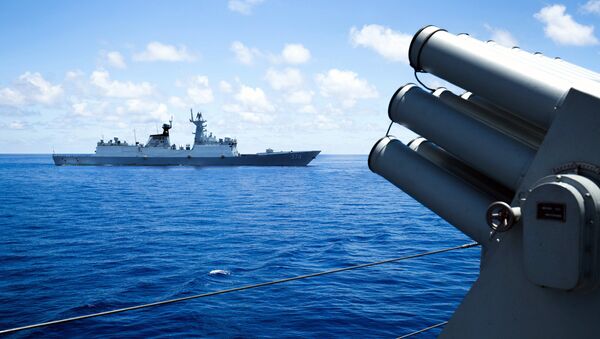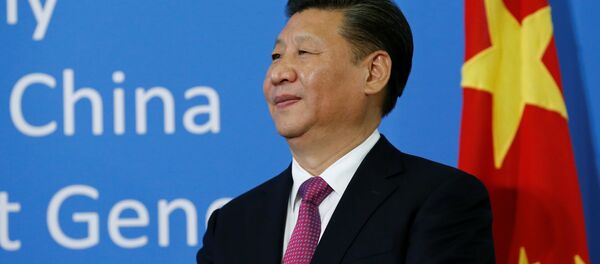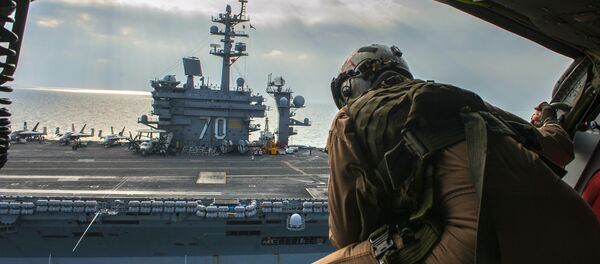China has thousands of ballistic missiles aimed squarely at neighboring Taiwan. US President Donald Trump has proposed a $54-billion military spending increase, while China has increased defense expenditures with double-digit percent rises “almost every year for the last two decades,” according to Pete Apps in a Wednesday column for Reuters.
The South China Sea has been hot with development by Chinese organizations in recent months. Satellite imagery taken of the Spratly islands revealed significant construction of military outposts, structures which American intelligence officials later said could be used to house surface-to-air missiles.
On Tuesday, Sputnik reported that Chinese researchers have conducted deep-sea drilling missions as part of an initiative to develop the world’s first underwater observatory platform.
PLAN has rounded up significant sources of new funding to support a goal of projecting Chinese naval power globally, largely prompted by the unpredictability of Trump. The outspoken US President has publicly backed Japan in the dispute over Senkaku/Diaoyu islands in the East China Sea, talked on the phone with Taiwan’s top leader, and berated Beijing as the “grand champion” of artificial currency devaluation.
Trump’s Secretary of the Treasury, Steven Mnuchin, has not publicly disagreed with Trump. Last Thursday, Mnuchin said his department would conduct a study and publish a report on April 15, but “we’re not making any judgements until we go continue that process.”
Regarding Beijing’s elevated spending levels on defense projects, “the PLA Navy has really been the beneficiary of a lot of this new spending in the past 15 years,” according to Richard Bitzinger, a fellow at the S. Rajaratnam School of International Studies in Singapore. Bitzinger said it is not possible to know precisely how much Beijing spends on its navy, "but simply extrapolating from the quantity and the quality of things that are coming out of their shipyards, it’s pretty amazing.”
According to the Royal United Services Institute, a UK-based think tank, China’s navy is "moving toward an ambition of 500 warships, including aircraft carriers, nuclear submarines, amphibious ships, and a burgeoning frigate and destroyer force." The fleet could add three aircraft carriers, 100 submarines, and other combat vessels, according to some estimates. A spokesperson for the think tank contended that since "it is hard to recall growth at a similar pace in any navy across history…Beijing is slowly pulling ahead."




